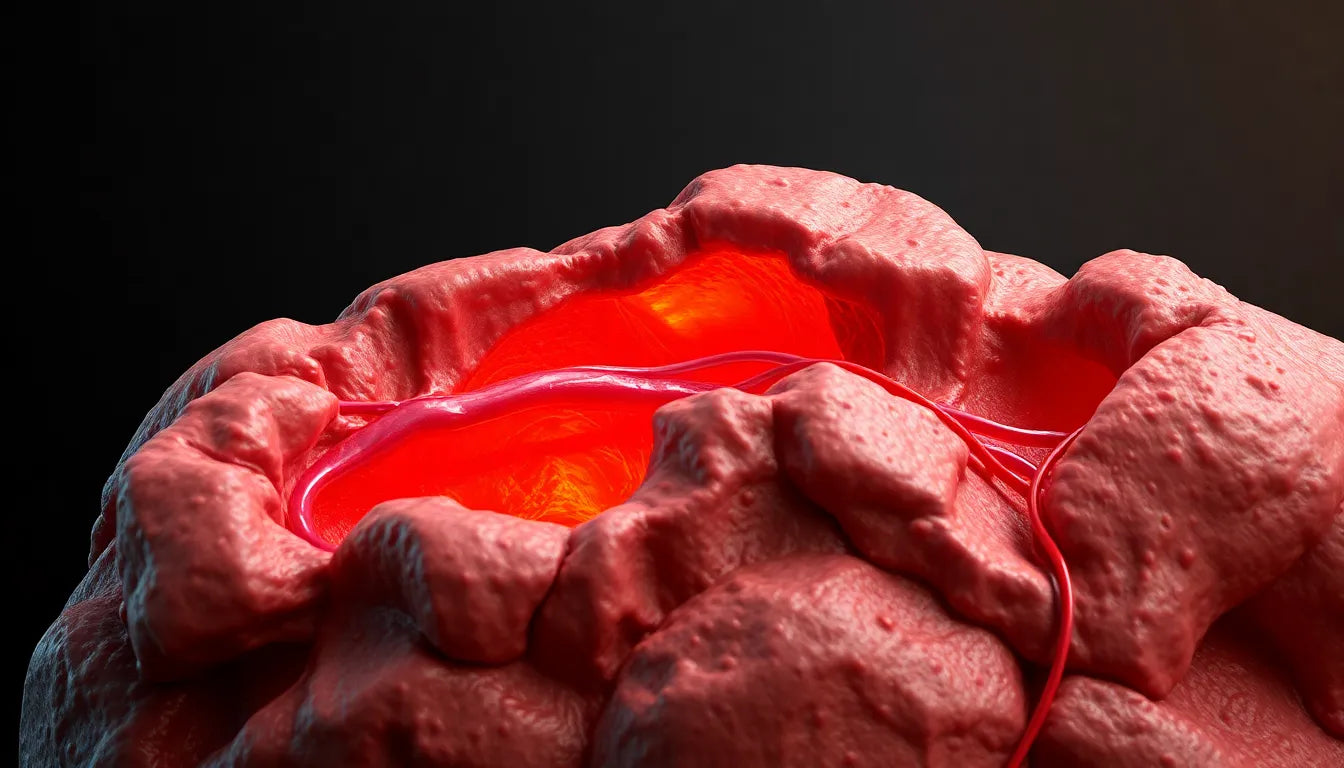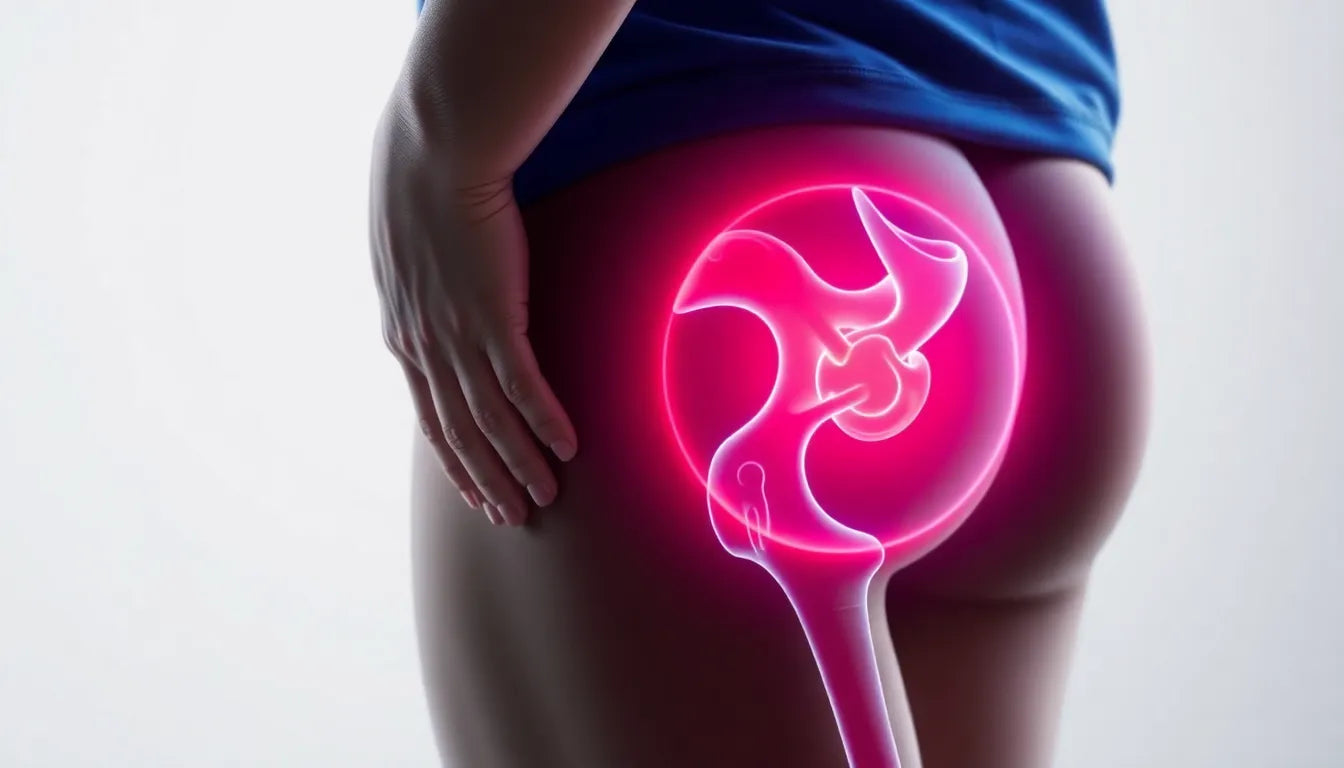At some point in life, many people experience discomfort or pain in the upper part of the abdomen and back. These symptoms are not only common but can also significantly impact daily activities and overall well-being. The discomfort can range from mild to severe, affecting everything from simple movements to the ability to concentrate on work or enjoy leisure activities. Understanding the root causes and potential risks associated with these pains is crucial for managing them effectively and ensuring they don't lead to more serious health issues.
Upper abdominal and back pain can arise from a variety of underlying issues, some of which might be benign while others could indicate more serious conditions. Digestive problems, inflammation, and lifestyle factors are often at the core of these symptoms. Recognizing the importance of identifying the specific cause of your pain is essential, as it guides the approach to treatment and relief. By addressing the root cause, you can not only alleviate the immediate discomfort but also prevent future episodes.
exploring the causes and symptoms
This blog post will delve into the common causes of pain in the upper abdomen and back, exploring how different factors contribute to these symptoms. We'll look at digestive issues such as acid reflux, ulcers, and gallstones, which are frequently linked to this type of pain. Additionally, we'll discuss conditions like pancreatitis, which can cause severe pain radiating from the abdomen to the back. Understanding these causes will help you recognize the symptoms and take the necessary steps towards relief.
Furthermore, we will outline the symptoms and potential risks associated with these pains, helping you to determine when it might be time to seek medical attention. While many cases are harmless, persistent or severe pain, especially when accompanied by other symptoms like vomiting or fever, should not be ignored. Recognizing these warning signs can prevent the progression of underlying conditions that might require medical intervention.
structure of the post
The structure of this post is designed to provide a comprehensive understanding of upper abdominal and back pain. We will cover the causes and symptoms in detail, discuss when to seek medical help, and offer practical strategies for relief. Our aim is to equip you with the knowledge needed to manage these symptoms effectively and improve your quality of life. Stay tuned as we explore these critical aspects in the sections that follow, ensuring you have the information you need to address and alleviate your pain.
understanding common causes and symptoms
When dealing with pain in the upper abdomen and back, identifying the root cause is essential for effective management. One of the most prevalent causes is digestive issues. Conditions such as acid reflux, ulcers, gallstones, dyspepsia, and gastroesophageal reflux disease (GERD) are known to contribute significantly to these discomforts. Common symptoms associated with these digestive problems include nausea, vomiting, bloating, a sensation of fullness after eating small amounts, acid reflux, and heartburn. These symptoms can disrupt daily life and require appropriate management to prevent further complications.
Another serious condition that can lead to upper abdominal and back pain is pancreatitis. This inflammation of the pancreas is characterized by severe, persistent pain that often radiates from the upper abdomen to the back. Additional symptoms may include nausea, vomiting, and pain that intensifies after meals or alcohol consumption. Pancreatitis can be acute or chronic, and recognizing its symptoms early is crucial for timely treatment.
severity and warning signs to watch for
While many cases of upper abdominal and back pain are benign, it is important to be aware of certain warning signs that indicate the need for medical attention. Persistent or severe pain, especially if it occurs suddenly, should not be ignored. Other symptoms that warrant a consultation with a healthcare professional include pain accompanied by vomiting, fever, or unexplained weight loss. These could be indicators of more serious conditions such as pancreatitis, gallstones, or even celiac disease.
Understanding when to seek medical help is vital for preventing the progression of potentially serious health issues. If you experience any of these warning signs, it is advisable to consult a healthcare provider for a thorough evaluation and appropriate intervention.
lifestyle factors and prevention strategies
Lifestyle choices play a significant role in the onset and exacerbation of upper abdominal and back pain. Factors such as alcohol consumption, a diet high in fatty foods, and the use of nonsteroidal anti-inflammatory drugs (NSAIDs) can trigger or worsen symptoms. Making conscious lifestyle changes can help in preventing or alleviating these discomforts.
Adopting a balanced diet that is low in fats and high in fiber can promote digestive health and reduce the risk of gallstones and acid reflux. Limiting alcohol intake and avoiding the overuse of NSAIDs can also prevent irritation and inflammation in the digestive tract. Additionally, regular physical activity and maintaining a healthy weight are crucial for overall well-being and can help mitigate the risk of developing these painful symptoms.
By understanding the common causes and symptoms of upper abdominal and back pain, recognizing warning signs, and making informed lifestyle choices, you can take proactive steps towards managing and preventing these discomforts, ultimately improving your quality of life.
treatment and relief strategies for upper abdominal and back pain
Finding effective relief from pain in the upper abdomen and back often requires a multifaceted approach. One of the key strategies involves incorporating regular physical activity and correcting posture. Engaging in exercises that strengthen the core muscles can provide support to the back and abdomen, reducing the likelihood of pain. Additionally, maintaining proper posture, especially during prolonged periods of sitting, can alleviate pressure on the spine and abdominal area, thus minimizing discomfort.

Men's Posture Shirt™ - Black
Patented shirt activates muscles, relieves pain, and improves posture for men.

Women's Posture Shirt™ - White
Supports and relieves pain, stimulating posture muscles for women.
Embracing a multidisciplinary approach can also be beneficial. Physiotherapy and osteopathy are two treatments that can aid in managing symptoms by improving mobility, flexibility, and muscle strength. These therapies focus on addressing the underlying musculoskeletal issues that may contribute to pain, providing a holistic means of relief. Medical evaluations are equally important to rule out any serious conditions that might require specific interventions.
Ergonomic solutions play a crucial role in both relief and prevention. Ergonomic chairs and desks, for instance, can help maintain a healthy posture while working, reducing strain on the back and abdomen. Similarly, ergonomic pillows and mattresses can support proper spinal alignment during sleep, which is essential for minimizing pain and discomfort.
frequently asked questions
What are the most common causes of pain in the upper abdomen and back?
The most common causes of pain in the upper abdomen and back include digestive issues such as acid reflux, ulcers, gallstones, dyspepsia, and gastroesophageal reflux disease (GERD). Pancreatitis is another condition that can lead to severe pain radiating from the abdomen to the back.
When should I see a doctor for my symptoms?
It is important to consult a doctor if you experience persistent or severe pain, especially if it occurs suddenly. Additionally, if the pain is accompanied by symptoms like vomiting, fever, or unexplained weight loss, medical attention is necessary to rule out serious conditions.
How can lifestyle changes help alleviate my symptoms?
Lifestyle changes can significantly alleviate symptoms by addressing contributing factors. Reducing alcohol consumption, adopting a low-fat, high-fiber diet, and avoiding the overuse of NSAIDs can prevent or reduce pain. Regular physical activity and maintaining a healthy weight are also crucial for managing these symptoms.
Are there any exercises or treatments that can help with these pains?
Yes, exercises that strengthen the core muscles and improve posture can help alleviate pain. Treatments such as physiotherapy and osteopathy are beneficial for addressing musculoskeletal issues. Additionally, ergonomic interventions, like using supportive chairs and mattresses, can prevent and reduce discomfort.
Kilder
- CPH Osteopati. ”Behandling af mavesmerter.”
- Apoteket. ”Øvre mavesmerter - årsager og behandling.”
- Aarhus Universitetshospital. ”Akut betændelse i bugspytkirtlen.”
- Herlev Hospital. ”Mavesår - symptomer og behandling.”
- Apollo Hospitals. ”Upper Abdominal Pain - Causes and Symptoms.”
- Nordisk Osteopati. ”Ondt i maven - årsager og behandling.”


















